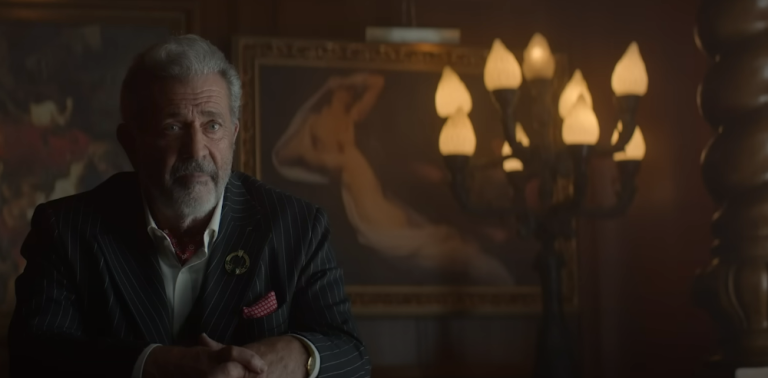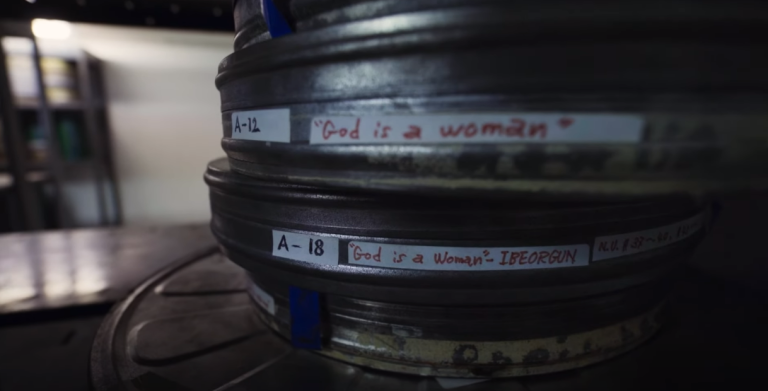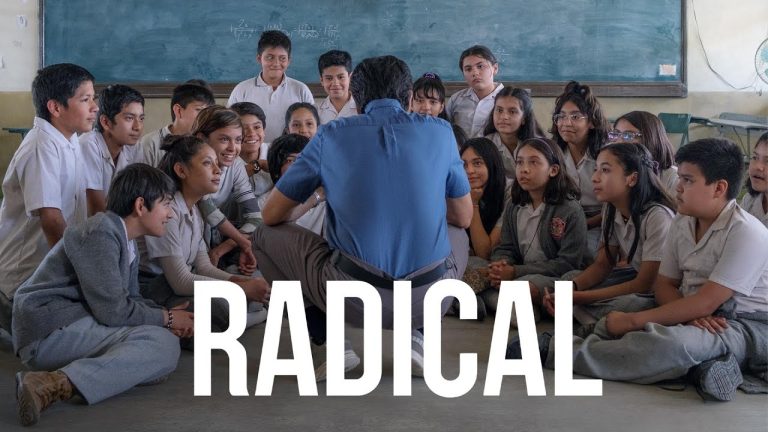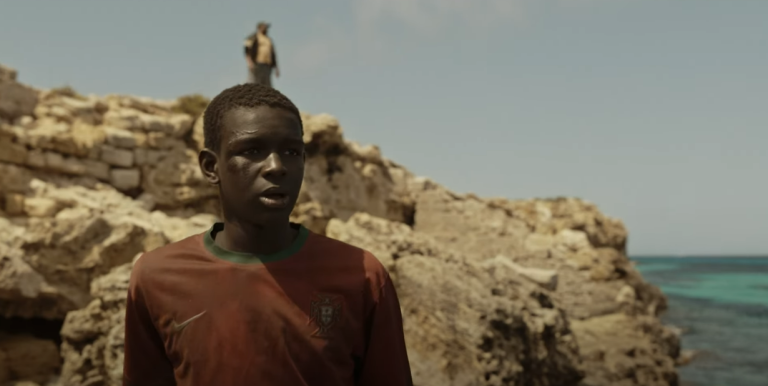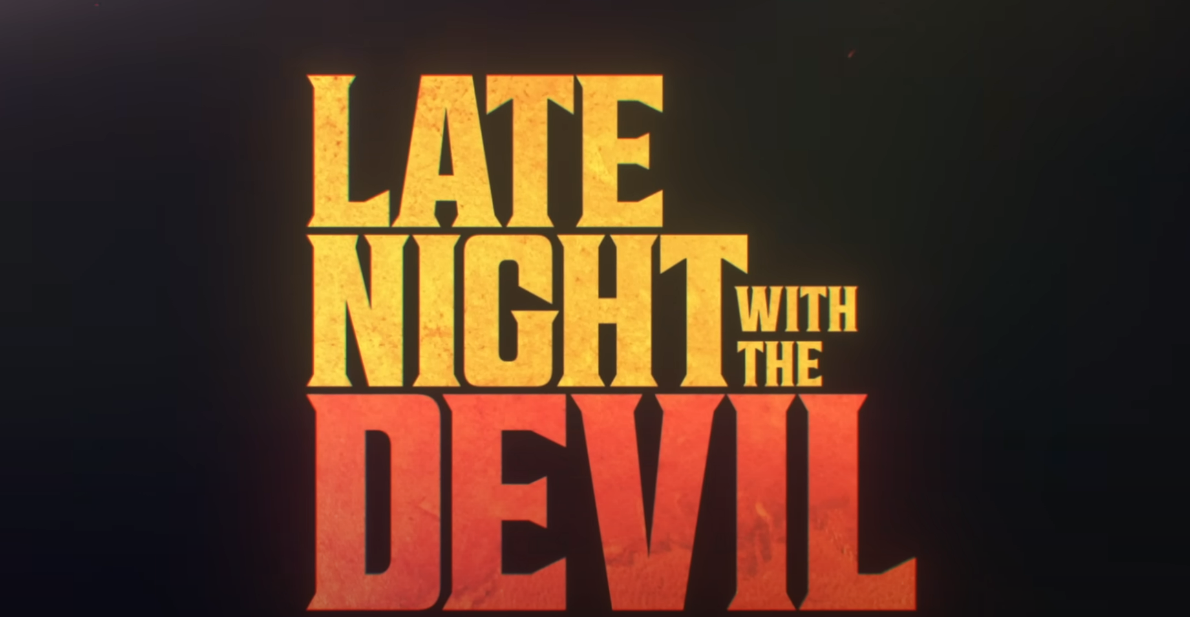
“Late Night with the Devil” fails to fulfill its promise due to its unrealistic premise and predictable storyline. Set in 1977, the film introduces a fictional fourth commercial broadcast network and portrays Jack Delroy, a Chicago talk show host, as a rival to the reigning king of late night, Johnny Carson. Despite a brief explanation of Jack’s background, including a revealing biographical detail, the outcome becomes apparent early on. With six seasons on air and consistently lagging ratings compared to Carson, Jack’s chance at surpassing him seems improbable from the start.
During sweeps week, a quarterly event when networks vie for higher ratings, Jack and his producer Leo plan to boost their show’s popularity by hosting a supernatural-themed Halloween broadcast. They aim to attract attention by inviting a lineup of interconnected guests in themed costumes.

During the broadcast, Jack introduces a psychic named Christou who performs a mentalist act, followed by Carmichael the Conjurer who debunks Christou’s tricks. The main event features Dr. June Ross-Mitchell interviewing Lilly, the sole survivor of a satanic cult’s mass suicide. The show becomes increasingly bizarre and grotesque, showcasing the efforts of the dedicated filmmakers and their skilled crew, especially in the practical effects department.
The movie’s attempt to present itself as “found footage” centered around a buried broadcast sets unrealistic expectations from the start. It frequently disregards the visual style of 1977 late-night talk shows, opting instead to do as it pleases. Additionally, the concept of “found footage” films rarely feels authentic, as many of them deviate from their premise.
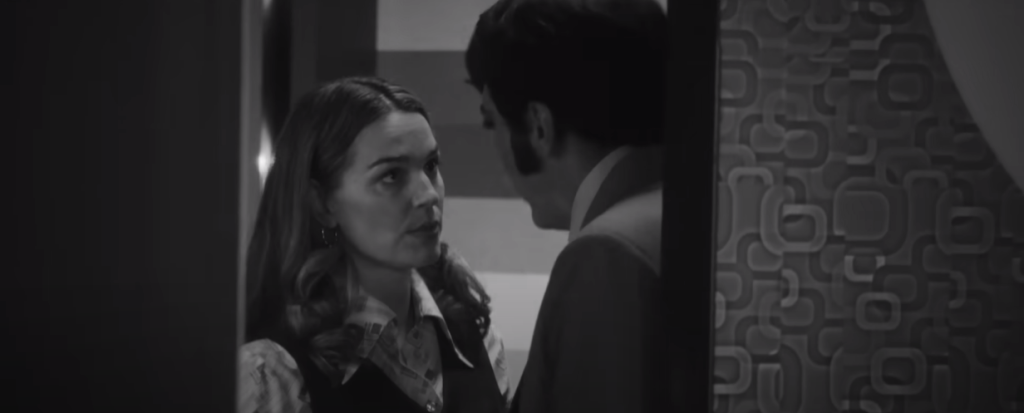
The prologue sets up the movie in a way that feels like a hurdle to overcome, as it reveals the ending from the start. Instead, presenting the broadcast itself without explanation would have created a sense of mystery and engagement. The plot points could have been conveyed organically through the broadcast, with characters discussing past events naturally. Some backstage moments feel implausible, raising questions about why cameramen would go rogue and how the footage was edited together.
The found footage style and attempts at realism make it hard to believe why anyone in the studio audience would stay after witnessing bizarre and disturbing events, like a guest vomiting black goo. Even Hitchcock recognized the importance of plausibility in storytelling. Unfortunately, this movie fails to sufficiently engage viewers, leaving many unanswered questions and plot holes.
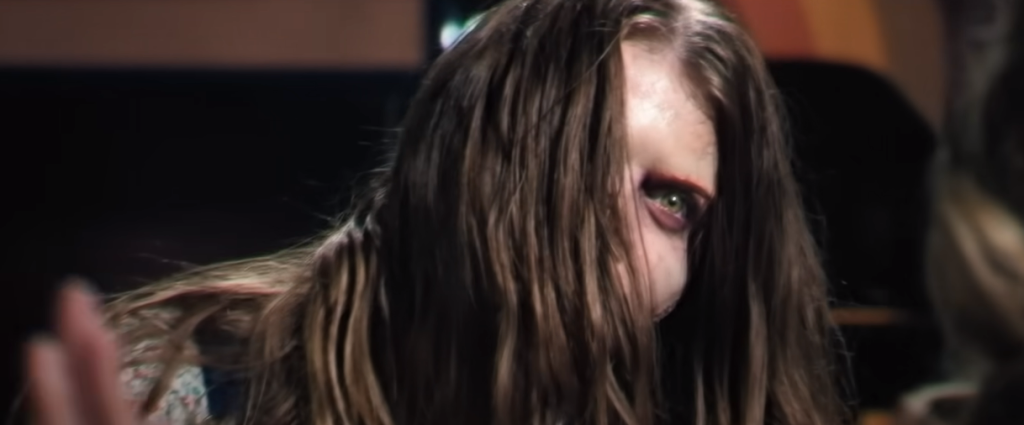
Dastmalchian delivers a solid performance as Jack, especially in moments of vulnerability, but his portrayal falls short of convincing as a nationally recognized comedic talent. Despite the movie’s insistence on Jack’s comedic prowess, the humor feels forced, making it hard to believe he could rival Johnny Carson. While Dastmalchian excels in dramatic scenes, the core concept of Jack’s rise to fame lacks credibility.
Despite its flaws, the film’s originality and atmosphere are undeniable. It would be enjoyable to explore freeze-frames from the movie in a coffee-table book. The world created is richly imagined and immersive, although the depiction of 1977 isn’t entirely accurate, especially with the use of AI-generated art that feels out of place. However, certain elements like the lighting, costumes, and credits capture the essence of the ’70s. Overall, the film exudes a distinct ’70s vibe, despite some modern touches.
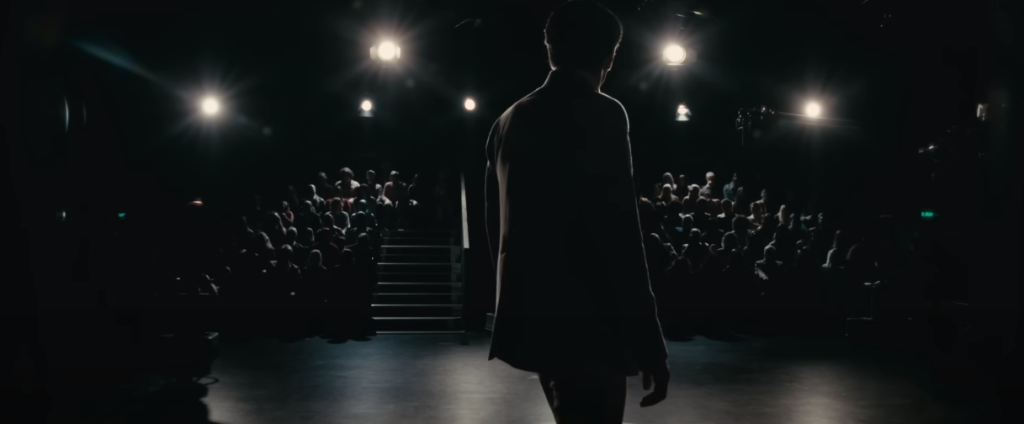
The film captures a gritty, materialistic atmosphere reminiscent of the 1970s, evoking memories of watching talk shows with chain-smoking guests, reporters delving into seedy topics on local news, and contestants exchanging suggestive remarks on game shows. It paints a vivid picture of Satan himself finding the era’s television content to his liking.
| Aspect | Evaluation |
|---|---|
| Premise | Unrealistic and predictable premise set in a fictional fourth commercial broadcast network, lacking credibility from the start. |
| Character Development | Jack Delroy’s character portrayed by Dastmalchian delivers a solid performance but lacks credibility as a comedic talent. |
| Plot Execution | Prologue reveals the ending, hindering engagement; implausible backstage moments and unanswered questions detract from plot. |
| Visual Style | Disregards 1977 late-night talk show visuals; found footage style feels forced and unrealistic. |
| Atmosphere | Richly imagined world with a gritty ’70s vibe; captures essence of the era despite some inaccuracies. |
| Originality | Original concept with immersive atmosphere; certain modern touches and AI-generated art feel out of place. |
| Enjoyment | Despite flaws, enjoyable exploration of freeze-frames in a coffee-table book; exudes distinct ’70s vibe. |

